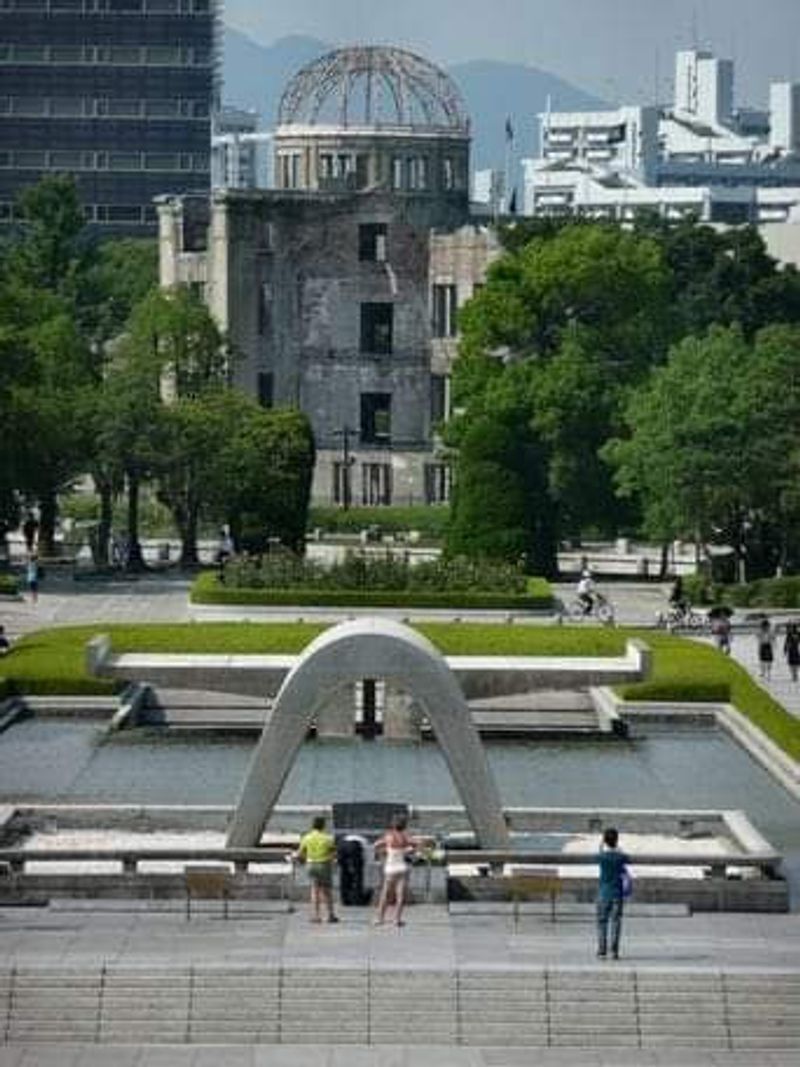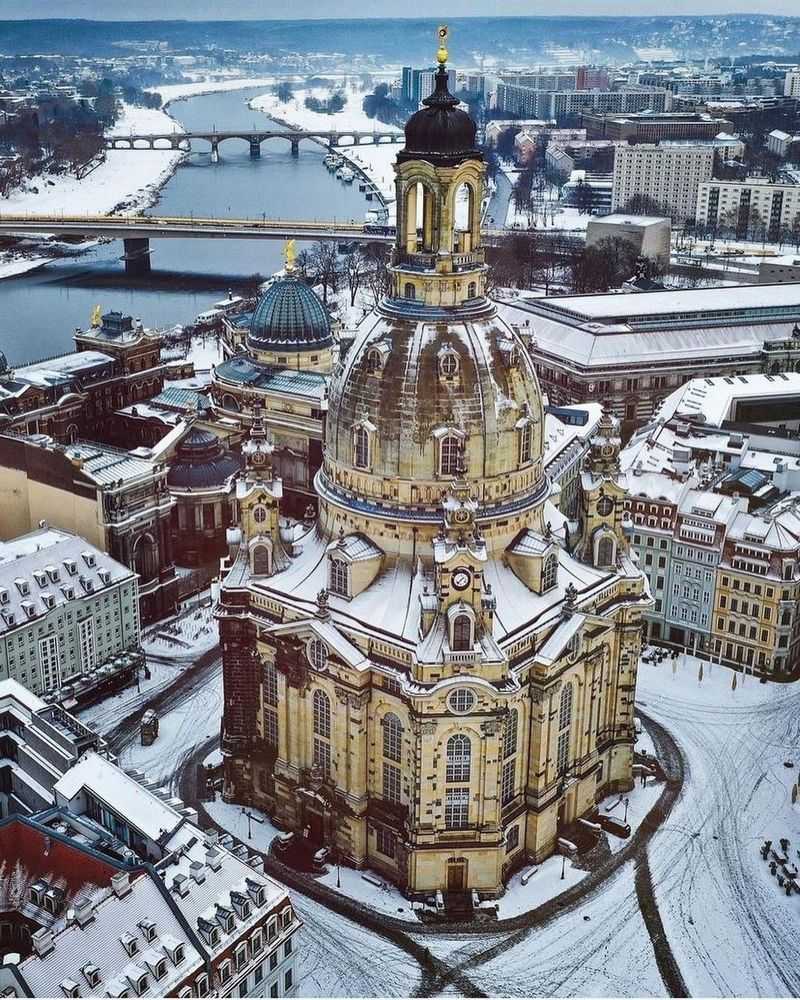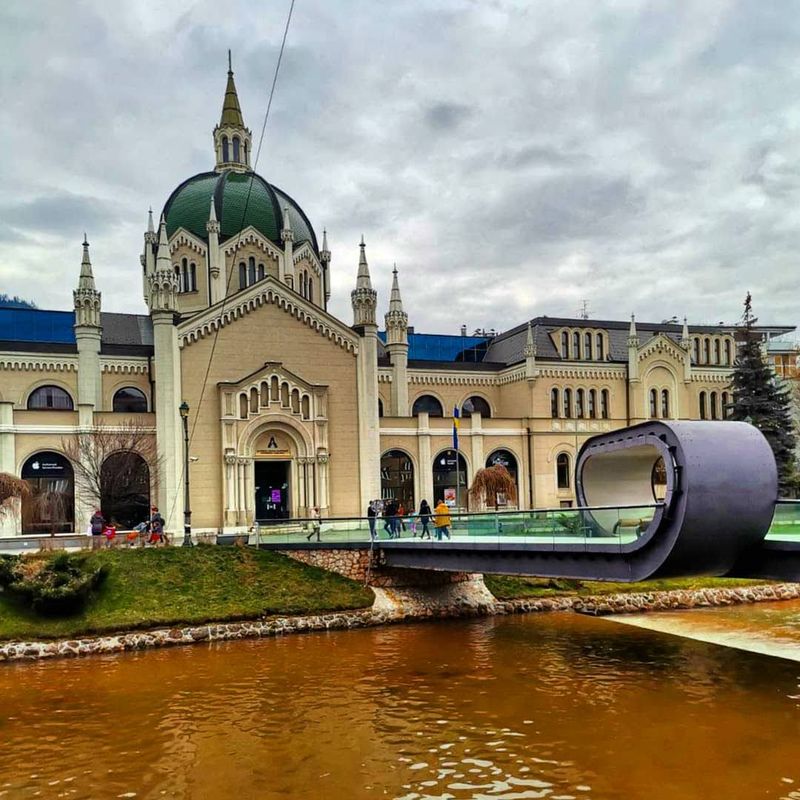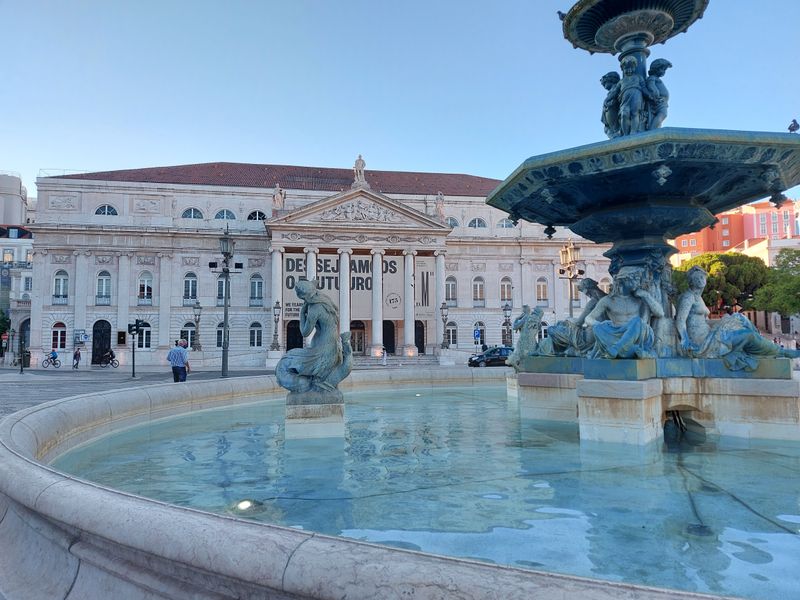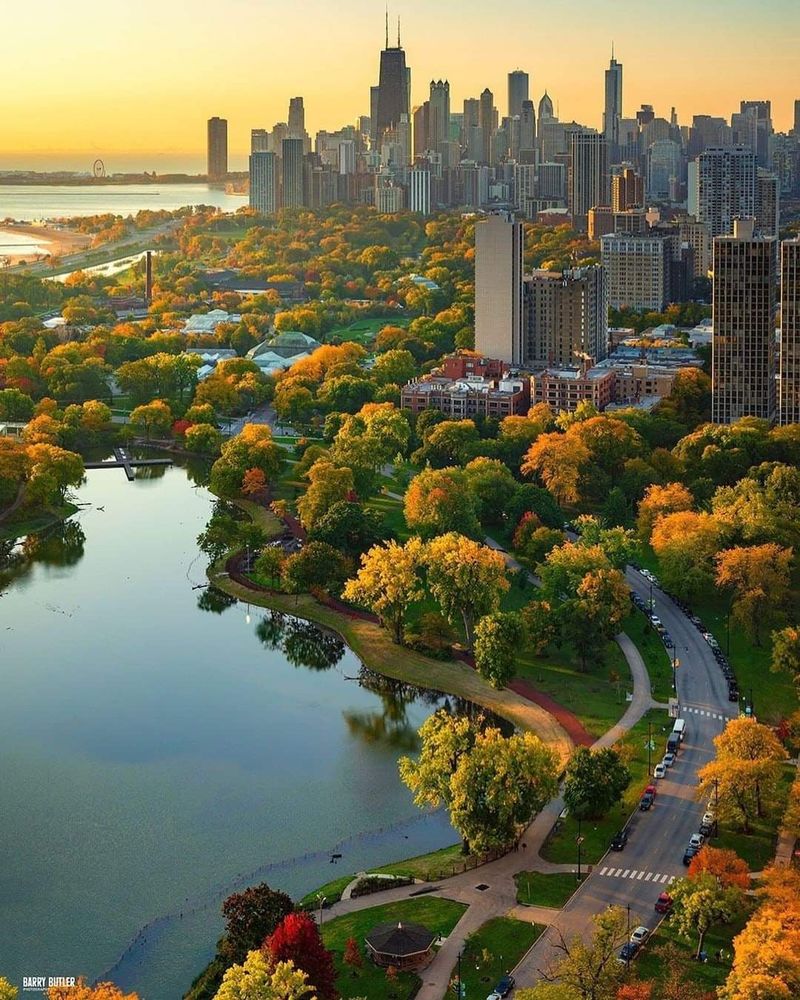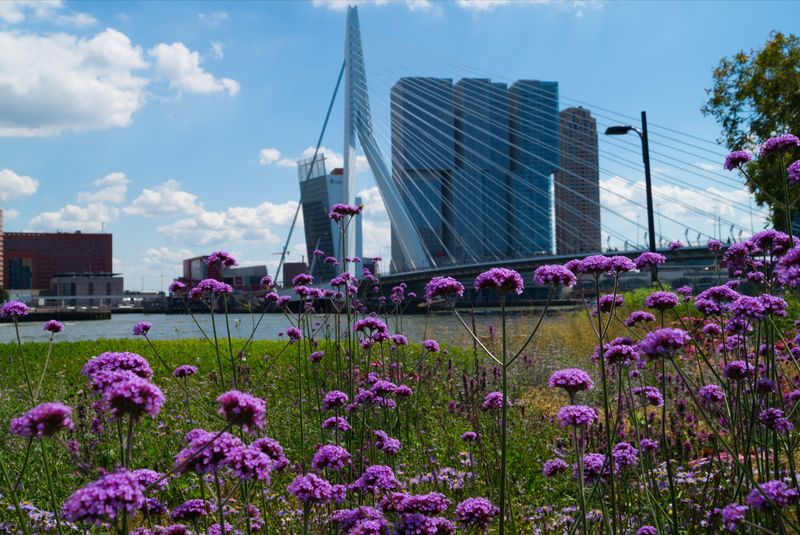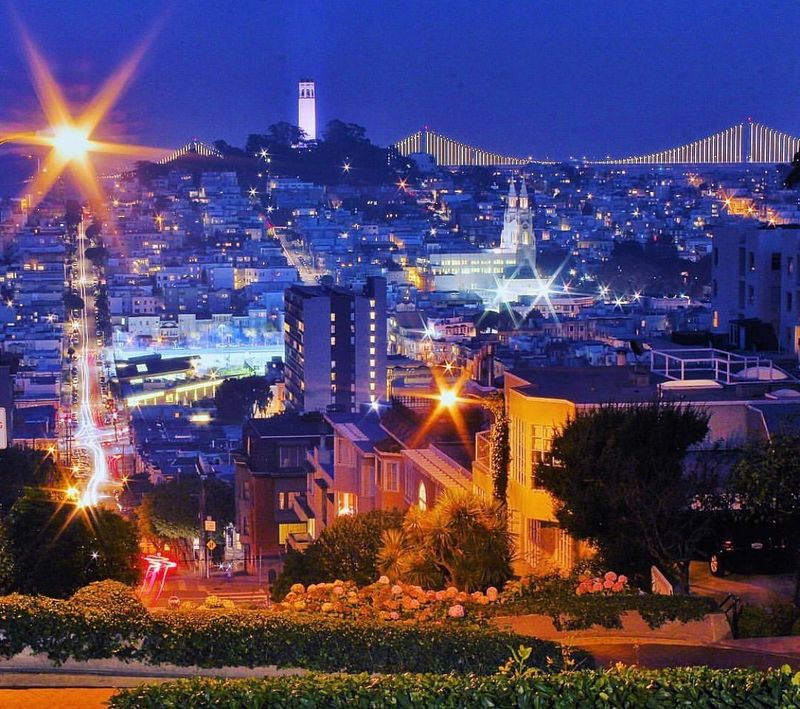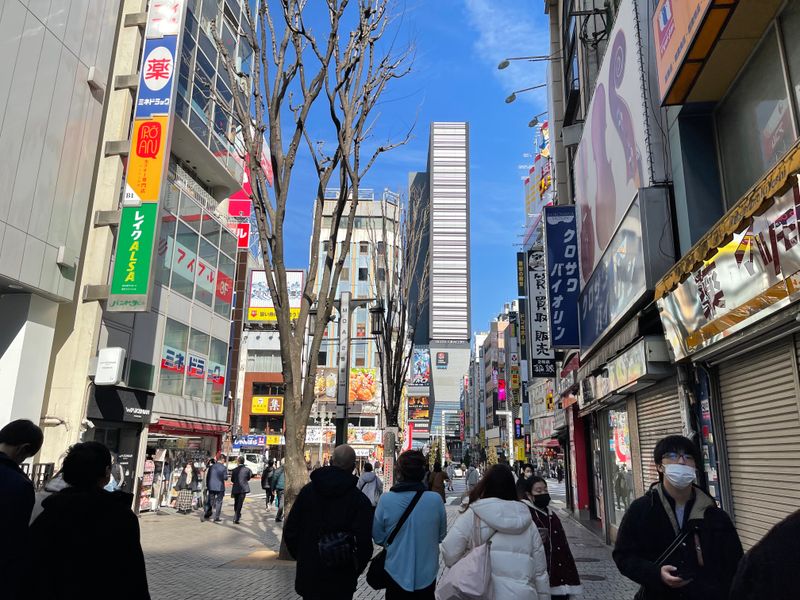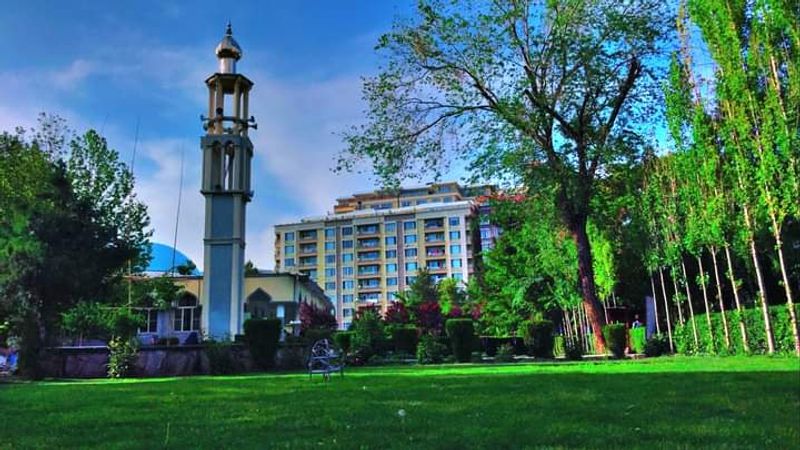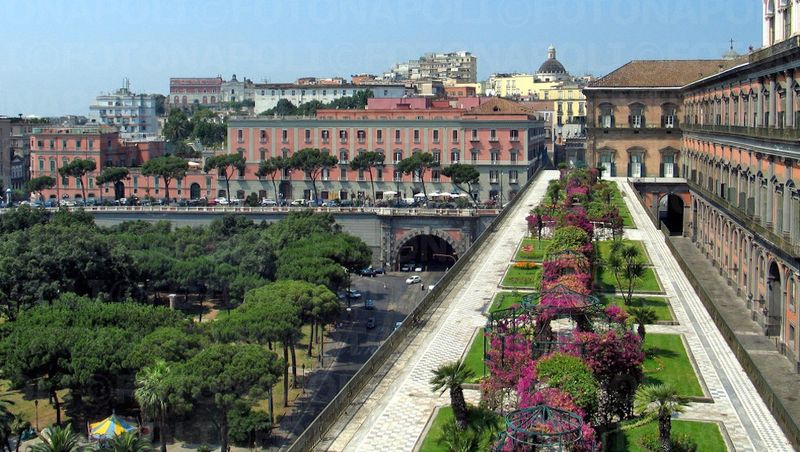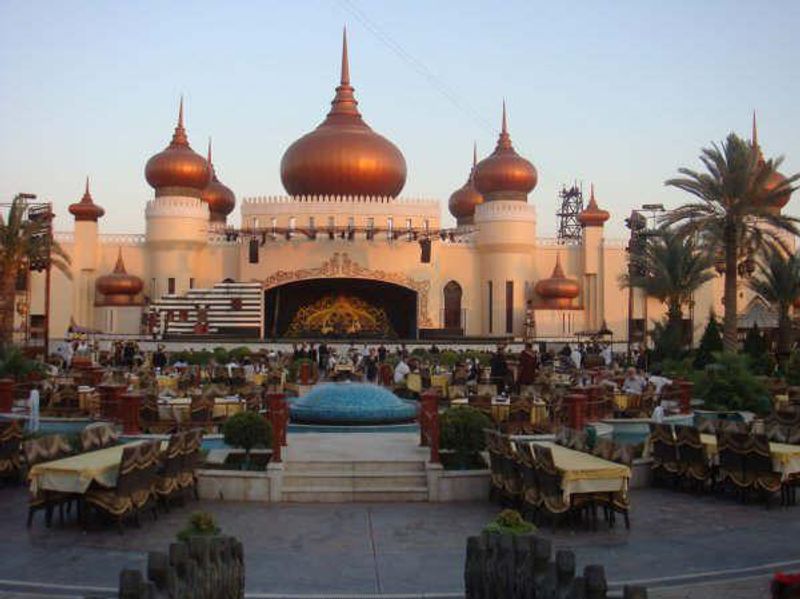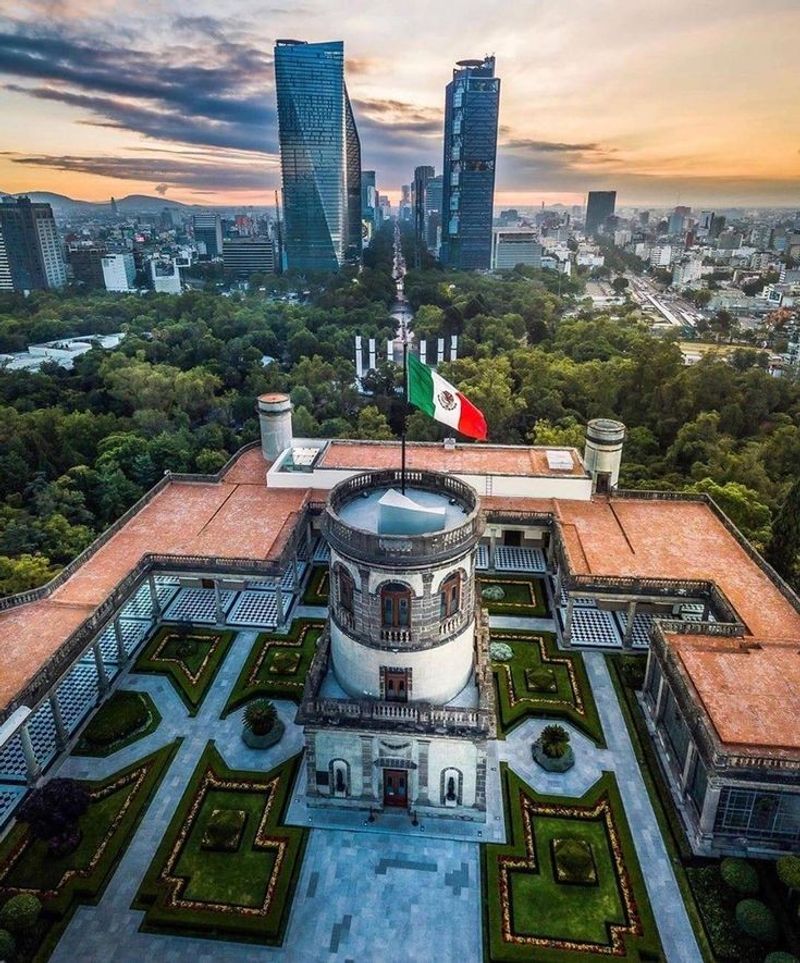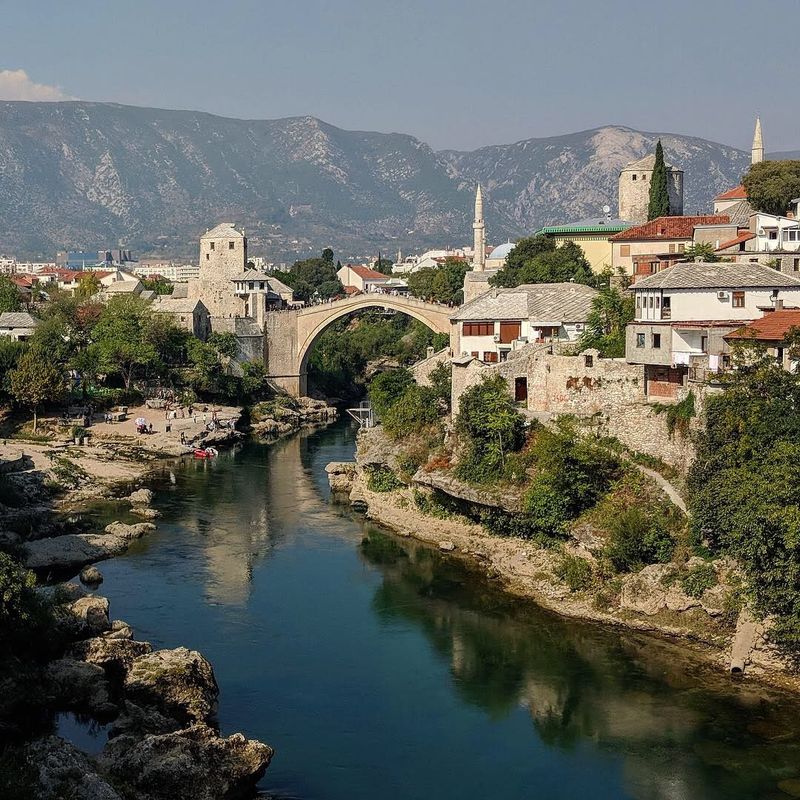History is full of cities that were battered, burned, and bombed, only to rise again brighter than before. This is your guided tour through places that turned loss into a launchpad for reinvention. Along the way, you will see how devastation sparked bold planning, cultural revival, and daring architecture. Get ready to meet fifteen phoenix cities that prove recovery can be visionary and human at once.
1. Warsaw, Poland
Walk through Warsaw and you feel the tension between loss and resolve. The Old Town, rebuilt brick by brick after World War II, is both memory and manifesto. You can stroll past pastel facades that look centuries old, yet their rebirth is recent and deliberate.
Postwar planners laid wider avenues, socialist realist landmarks, and cultural institutions to signal a new identity. Today, sleek towers rise near the Vistula, while museums like POLIN tell layered stories. Cafes and murals knit neighborhoods together, making the city feel welcoming and forward looking.
What stands out is the quiet pride in public spaces. You notice parks filled with music, street festivals, and book fairs. Warsaw invites you to witness recovery not as a slogan but as a daily practice lived by its people.
2. Hiroshima, Japan
Hiroshima holds grief and grace in the same breath. At Peace Memorial Park, the A-Bomb Dome stands like a witness, framing a city that chose remembrance and empathy over bitterness. You walk slowly here, and the quiet changes the way you listen.
Beyond the memorials, the rebuilt city flows with trams, riverside paths, and understated modern architecture. Neighborhood eateries hum with conversation, and seasonal festivals bring color and music. The message is not denial but a resolute commitment to life.
As you move through the city, symbols of peace are everywhere, from paper cranes to student essays. Museums are frank and humane, guiding you without lecturing. Hiroshima proves that healing can be practical, beautiful, and shared.
3. Dresden, Germany
Dresden carries baroque splendor and the memory of firebombing in its stones. The Frauenkirche, painstakingly rebuilt, rises as a mosaic of old and new blocks. You stand in Neumarkt and feel how craft, patience, and donations from around the world reshaped a skyline.
The Elbe terraces buzz with street musicians and cyclists. Galleries and opera houses glow again, but there is also a relaxed, contemporary vibe in cafes and design shops. The city balances reverence for heritage with curiosity about fresh ideas.
When you wander side streets, you see experimental housing and green courtyards. Murals brighten walls that once stood blackened. Dresden reminds you that restoration can honor the past while opening doors for the next generation.
4. Beirut, Lebanon
Beirut is a collage of shocks and comebacks. From civil war scars to the port explosion, the city has learned painful lessons about fragility. Yet you feel an unbroken social energy in markets, galleries, and seaside promenades.
Reconstruction is as contested as it is creative. Boutique studios, heritage house restorations, and bold street art reclaim space while debates about planning rage. You can taste reinvention in its food scene, where tradition collides with pop up experimentation.
There is grief, of course, and nobody pretends otherwise. But conversation here moves toward action, mutual aid, and small wins. Beirut shows how community resilience often starts at the scale of a block, a cafe, a mural.
5. Sarajevo, Bosnia and Herzegovina
In Sarajevo, the mountains hold the memory of siege, and the streets carry a gentle defiance. You wander Baščaršija and hear hammers shaping copper, a rhythm older than the war. Repaired facades sit beside bullet pocked reminders that history is close at hand.
Trams glide through a city where mosques, churches, and synagogues share a compact valley. Cafes spill over with conversation, and museums recount survival with clear eyed honesty. The rebuilt bridges and promenades feel like stitched seams in a fabric that refused to tear.
Food stalls, concerts, and film festivals add color to evenings. You sense how everyday rituals became a quiet protest. Sarajevo teaches that resilience can be soft spoken but unshakeable.
6. Lisbon, Portugal
Lisbon reinvented itself after the 1755 earthquake with a bold urban experiment. The Pombaline grid introduced seismic resistant construction and rational streets that still guide your steps. You notice light bouncing off tiled facades as trams rattle past miradouros.
Behind the pastels, engineering pragmatism shaped a safer city. Squares became stages for civic life, and arcades sheltered commerce. Today, creative studios and food halls fill old warehouses along the Tagus, keeping the spirit of adaptation alive.
Take time to watch sunset from a hillside lookout. The city feels calm, musical, and resilient in its bones. Lisbon shows how smart planning can turn disaster into a long running renaissance.
7. Chicago, USA
Chicago rose from the ashes of the 1871 fire with swagger and steel. You cruise the river and see how architects treated the city as a laboratory. The result is a skyline that narrates innovation through iron, glass, and grit.
After the fire, strict codes and fresh ideas accelerated high rise thinking. Parks and boulevards stitched neighborhoods together, giving you generous public space. The tempo feels fast, but the city is surprisingly easy to read from the water.
Neighborhoods deepen the story with jazz clubs, taquerias, and corner diners. Murals mark community pride in places that rebuilt again and again. Chicago proves that reinvention can be both practical and wildly ambitious.
8. Rotterdam, Netherlands
Rotterdam chose daring over nostalgia after wartime bombing flattened its heart. You ride across the Erasmus Bridge and feel the city lean into the future. Angular museums, Cube Houses, and a market hall shaped like a tunnel make each corner surprising.
Planners left room for big gestures and workaday efficiency. The port drives the economy, while biking lanes and waterfront parks keep things human. You get the sense of a city comfortable with experimentation.
Even with its bold forms, Rotterdam treats public life as sacred. Street food stalls and riverside steps invite lingering. It shows how clarity of purpose can turn a blank slate into a playground for ideas.
9. San Francisco, USA
The 1906 earthquake and fire could have broken San Francisco. Instead, the city doubled down on its dramatic setting and eclectic spirit. You can feel that confidence in the mix of Victorians, towers, and cable cars clawing up steep streets.
Rebuilding brought new materials, codes, and civic ambition. Parks became vistas, and boulevards framed the bay. The result is a city that treats geography as a stage and daily life as performance.
Neighborhoods like North Beach and the Mission keep culture nimble. Food, tech, and art overlap in ways that spark constant churn. San Francisco shows that resilience can look like relentless reinvention.
10. Tokyo, Japan
Tokyo has rewritten itself more than once, from fires to earthquakes to wartime destruction. You walk through neighborhoods where narrow alleys meet expansive boulevards, a choreography born of necessity. The city moves fast yet feels courteous, guided by quiet systems.
Postwar planning prioritized transit and mixed use vitality. Convenience stores, pocket parks, and spotless rail hubs keep your day smooth. In the background, temples and gardens preserve a slower rhythm.
What makes Tokyo remarkable is how resilience became routine. Innovation is packaged for daily life, not just headline moments. You leave with a sense that adaptation here is both cultural and infrastructural.
11. Berlin, Germany
Berlin wears its layers openly, from imperial facades to concrete scars and fresh glass. You trace a line from the Wall to reborn squares like Potsdamer Platz. The city invites you to read politics and poetry in the same block.
Reunification brought cranes, debates, and a reimagined center of gravity. Public art and memorials refuse to let memory fade, while clubs and galleries keep the present electric. Transit makes exploration effortless, letting you wander with purpose.
Berlin teaches reconciliation through space. Government buildings are transparent, literally and figuratively. You feel how design choices can nudge a society toward openness.
12. Kabul, Afghanistan
Kabul has weathered conflict that reshaped its streets and spirits. You notice resilience in small enterprises, repaired storefronts, and the steady flow of daily trade. The city balances tradition with the fragile promise of stability.
Rebuilding is uneven and complex, often driven by local initiative. Neighborhood mosques, schools, and clinics become anchors when larger plans stall. Community networks fill gaps and keep optimism alive.
You taste hope in tea houses and hear it in children flying kites. The path forward is not linear, but it is real. Kabul reminds you that recovery often starts with dignity and routine.
13. Naples, Italy
Naples has survived eruptions, earthquakes, and economic tempests. You wander lanes where laundry flags fly, passing churches that carry centuries of repairs. The city greets you with candor, chaos, and deep hospitality.
Rehabilitation projects protect frescoes and courtyards while upgrading safety. Food culture powers pride, making every bakery a small act of continuity. Public squares absorb noise and laughter like friendly theaters.
From underground tunnels to seafront promenades, Naples layers resilience over wonder. You feel life lived loudly and without apology. The lesson is simple: spirit can be a building material too.
14. Aleppo, Syria
Aleppo stands at the edge of both ruin and persistence. Around the Citadel, you see scaffolding, cautious commerce, and artisans returning to battered souks. Each reopened stall signals trust in tomorrow.
Reconstruction here is painstaking and often personal. Families patch homes, craftspeople restore arches, and planners weigh heritage against urgent needs. The process is fragile, but you can feel a pulse returning.
Visitors sense humility is required. Listening comes before judgment, and small purchases become acts of support. Aleppo shows that recovery can begin with respect for craft and community.
15. Mexico City, Mexico
Mexico City learned resilience through earthquakes that shook its core. You notice early warning systems, retrofitted buildings, and community brigades that train neighbors to help one another. The city turns preparedness into culture.
Public spaces offer breath between busy avenues. Museums, food markets, and leafy plazas keep people connected, which matters when crisis hits. Art is everywhere, insisting on joy alongside caution.
In the end, you feel a grounded optimism. The metropolis is huge, yet neighborhoods feel like villages when needed. Mexico City proves that solidarity is a technology too.
16. Mostar, Bosnia and Herzegovina
Mostar rebuilt its emblem, the Stari Most, stone by stone to stitch a city back together. You watch divers leap into the emerald river, a ritual reclaimed from conflict. The bridge feels like both architecture and apology.
Old town lanes show careful restoration, with crafts and cafes welcoming you in. Museums speak plainly about war and reconciliation. The human scale makes trust feel possible again.
Crossing the span, you notice how simple acts become symbolic. Sharing coffee, buying a handmade souvenir, pausing for the view. Mostar reminds you that a single bridge can carry a community forward.


